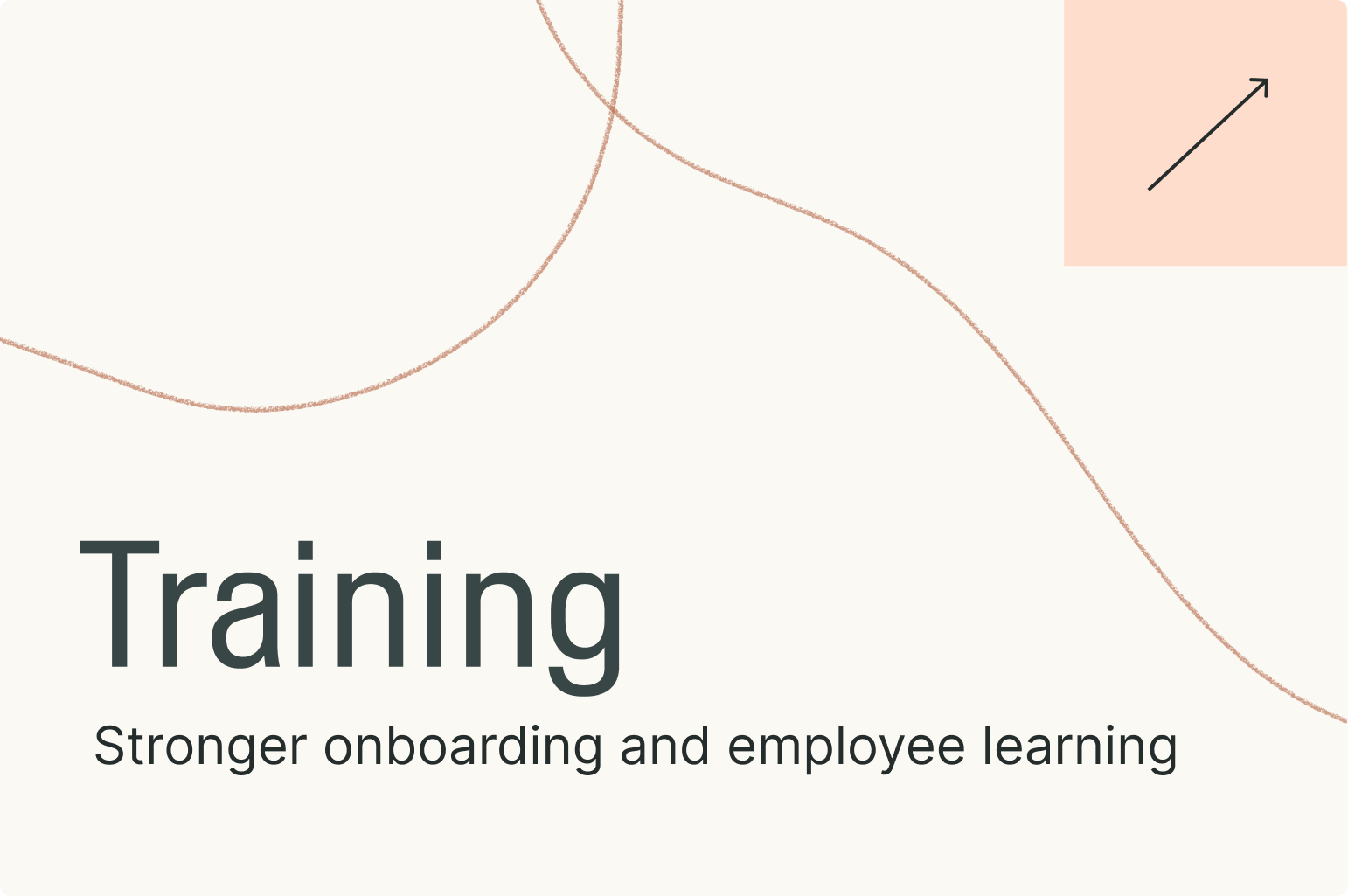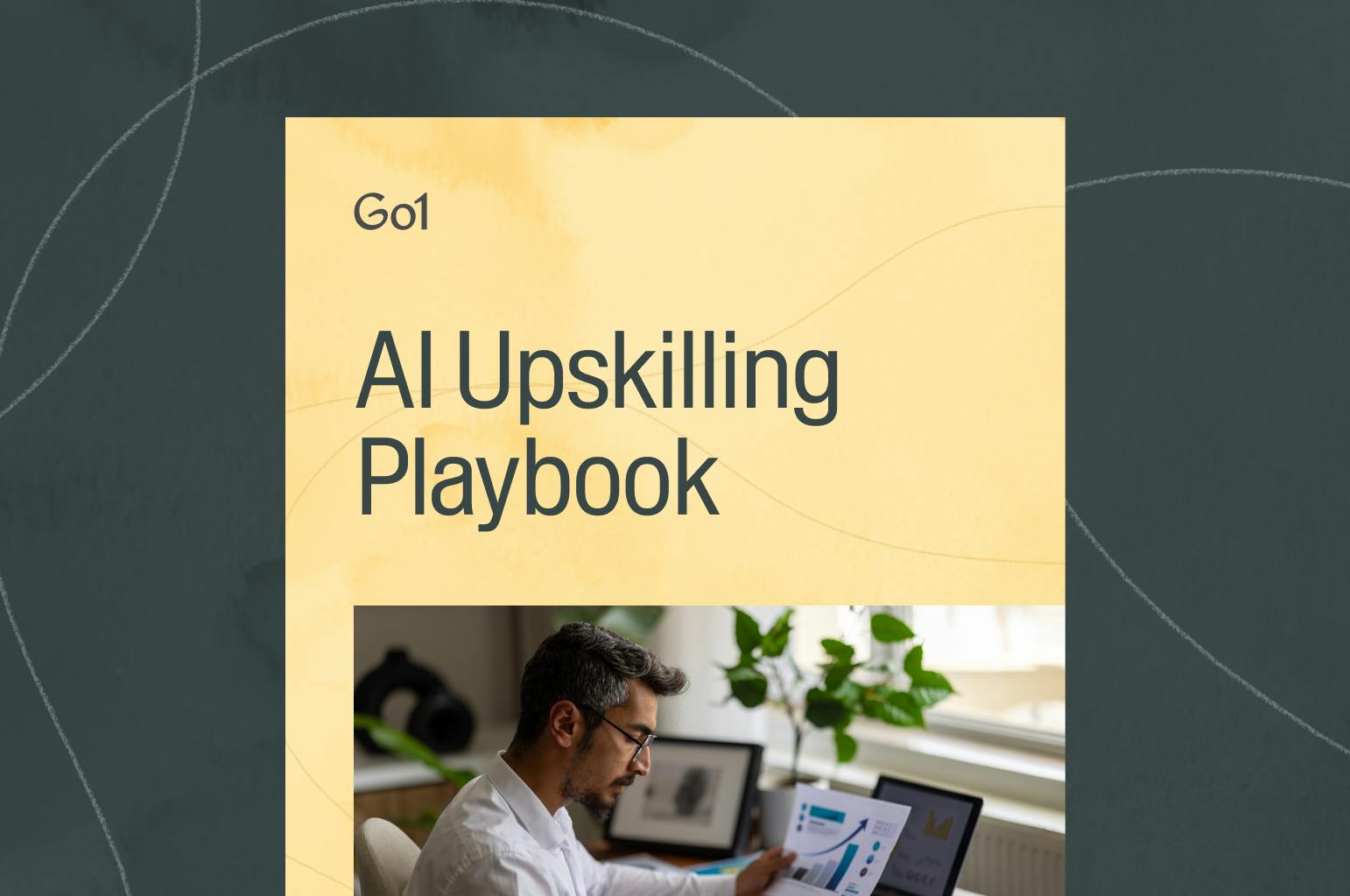What's deliberate practice and how can it help employee training?

For L&D and HR leaders, the pressure to deliver real impact with limited resources is constant. That’s why it's worth exploring deliberate practice—a structured approach to skill development that focuses on intentional effort, expert feedback, and measurable growth.
When embedded in learning programs, deliberate practice doesn’t just improve performance—it builds lasting expertise.
What is deliberate practice?
Popularized by psychologist Anders Ericsson, deliberate practice is a method of learning that goes beyond repetition to build mastery over time. It’s about purposefully targeting growth areas, pushing past comfort zones, and refining skills through structured feedback.
One well-known example from Ericsson’s research showed that top violinists didn’t outperform their peers because of innate talent—but because they spent more time on focused, intentional practice. Practice makes perfect isn’t just a saying. There’s more to it though.
Deliberate practice includes five key elements:
- Clear, specific goals: Learners work toward well-defined outcomes just beyond their current skill level.
- Focused effort: Sessions require full attention and active participation.
- Expert feedback: Learners receive real-time input to correct and improve.
- Repetition and refinement: Practice is iterative, repeatedly working on the same skills or tasks.
- Pushing beyond comfort zones: Each practice is designed to push slightly further than they’re comfortable.
Five ways to use it in training programs
Incorporating this model into your L&D strategy helps employees grow faster and more effectively. Here’s how to apply it at work:
1. Identify skill gaps
Start by identifying specific skills employees might be lacking that are critical to individual, team, and company success. This can be done through:
- Performance reviews
- One-on-one interviews
- Team surveys
- Self assessments
Focus on skills that, when improved, will directly contribute to better team outcomes like communication, leadership, or customer handling.
2. Define success and what it looks like
Start each practice session with a clear outcome in mind. What should someone be able to do better or differently after practicing? Focus on outcomes that matter to your team—like better decision-making, stronger communication, or more confident leadership.
Example: “Improve customer satisfaction by consistently acknowledging concerns before offering solutions.”
3. Structure short, focused practice sessions
Keep sessions manageable—20 to 30 minutes is enough if the focus is sharp. Design them to:
- Target one specific skill (e.g., handling objections in sales)
- Minimize distractions as much as you can
- Introduce realistic, slightly challenging scenarios
Example: For customer service teams, design role-play simulations where employees handle complex customer complaints, encouraging them to apply newly learned techniques under pressure.
4. Provide immediate feedback
Offering immediate, constructive feedback after each session lets employees identify mistakes and adjust their performance faster. When providing feedback, be sure to:
- Be specific, timely, and actionable. “You need to improve your communication,” should become, “You can improve by summarizing the customer’s concern before offering a solution.”
- Encourage peer-to-peer feedback loops for observing each other’s practices and offer insights.
- While no one likes the sound of their own voice, suggest video recordings for simulated experiences to help employees reflect on their own performance.
5. Raise the bar as skills grow
Deliberate practice isn’t just about repetition—it’s about building momentum. As employees improve, the next step is to challenge them with more complex, real-world tasks. This keeps learning relevant, engaging, and tied to evolving business needs.
Example: Once a team member nails basic objection handling, introduce scenarios focused on upselling, negotiation, or handling high-stakes clients.
Turn practice into progress—with less effort
Related Articles

Application Guide: How to use the Go1 AI for L&D Maturity Assessment to assess our workforce AI capability

AI upskilling made clear: A practical guide to building an AI-ready workforce

Go1 welcomes PepTalk

5 Data-Backed Insights Shaping the Future of AI in Workplace Learning

Train smarter, spend less
Train smarter,spend less
Connect with a Go1 expert to explore the best training options for your organization—no pressure, just solutions that work.